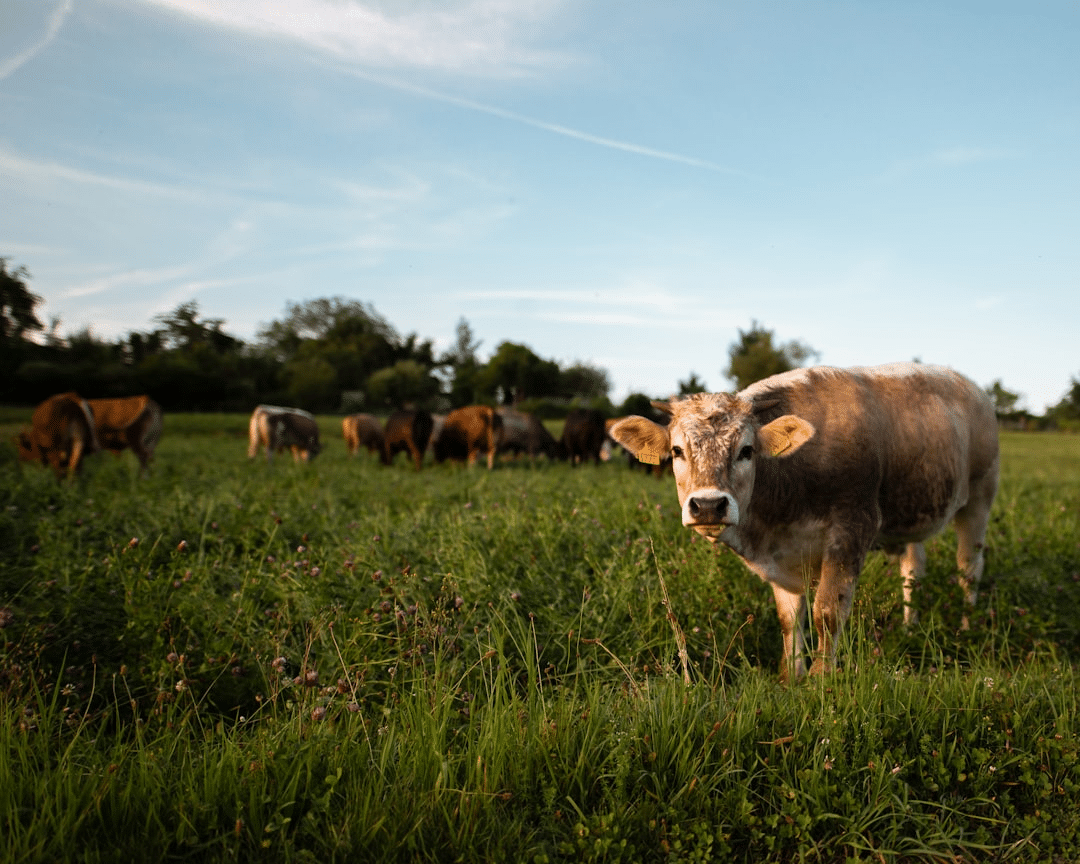Currently, 1.7 billion animals live on factory farms in America, and their fate is less than pleasant. You can help by rescuing these animals and giving them a home where they are safe and happy with these handy tips!
If you have your own slice of countryside bliss, you can complete with happy, healthy animals roaming freely. The charm of rural living isn’t just in the scenic views and the peaceful ambiance; it’s also in creating a sanctuary where animals can thrive. But transforming your rural home into a place for animal care isn’t just about throwing up a barn and calling it a day. It takes some thoughtful planning and design savvy to make sure your furry, feathered, or even hooved friends are living their best lives.
Traditionally, farm animals were kept in facilities that prioritized human benefit, often putting the animals’ needs on the back burner. However, as more people recognize the importance of animal welfare, there’s been a shift toward designing spaces that cater to the animals themselves. Enter animal-centered design—a concept that focuses on creating environments that prioritize the well-being, happiness, and safety of animals.

Image credit: Christian Burri
Tip #1: Store Your Animal’s Food Correctly
Managing your animal feed with portable bins for small grains is a good idea if you value your time, money, and overall efficiency. When you streamline your feeding process, you bring fresh feed directly to your animals in the pasture each day.
This means you don’t have to keep feed on-site where your animals are, which can often lead to waste and spoilage. Instead, you can transport just the right amount needed, ensuring that your animals always have access to fresh, high-quality feed.
Portable grain bins provide ample storage without taking up too much space. We recommend opting for a model with a rain-proof metal lid, which keeps your grain dry and can be operated from the ground for simple loading.
Tip #2: Design a Shelter That’s Functional and Efficient
Your animals need room to roam, and decent shelter, and the backbone of any good shelter is its structure. You’ll want to choose materials that are durable and weather-resistant and fit within your budget. Common choices include wood, metal, or a combination of both. Green-treated lumber is a fantastic option for wood structures, especially for parts of the shelter that will be exposed to the elements or in direct contact with the ground. This type of wood will resist rot and decay, ensuring your shelter stands the test of time.
Your design will obviously need to adapt to the animal species you’re planning on adopting. A shelter for dogs will be different from one for chicken or for goats. If you’re a horse lover, you’ll need to consider bigger structures and evaluate the style of horse barn that’s right for you.
A solid roof is non-negotiable. It must keep rain, snow, and other weather elements out, protecting your animals from harsh conditions. However, a good roof is only half the battle. Proper ventilation is crucial to regulating temperature, reducing moisture buildup, and maintaining good air quality. Consider incorporating ventilation systems like windows, vents, or even fans. Fans are also great for keeping fly populations down since those pesky insects don’t like turbulence any more than we do!
When it comes to flooring, the key is finding a balance between durability, comfort, and ease of cleaning. Concrete offers durability and ease of maintenance, but it can be hard on animals’ joints. Rubber mats can provide a cushioned surface that’s easy to clean, while gravel can offer good drainage. The choice largely depends on your animals’ specific needs and preferences.

Image credit: Christopher Carson
Tip #3: Try Some Outdoor Curtains
Outdoor curtains are a fantastic way to create shaded areas on your farm, protecting your animals from the sun’s harsh rays. This is especially crucial during those sweltering summer months when excessive heat can cause stress. Providing a cool, shaded space can help regulate the temperature and keep your animals comfortable, supporting their health.
Nobody likes pesky insects, and your animals are no exception. Outdoor curtains prevent insects from entering the barn, helping maintain a hygienic environment while reducing the risk of diseases and infections. By keeping bugs at bay, you ensure that your animals stay healthy and your farm remains clean and pleasant.
Strong winds can be more than just an annoyance—they can make your animals uncomfortable and even lead to health issues. Outdoor curtains can be designed to withstand these strong winds, acting as effective windbreakers. Strategically placing these curtains can block or redirect wind currents, protecting your animals from drafts and creating a more comfortable and stable environment.

Image credit: Christine Mendoza
Looking for Your New Rural Home?
A House in the Hills is all about helping people embrace a more relaxed and peaceful life with plenty of space. Our stunning homes and friendly, supportive communities provide the perfect place for you and your animals to live. Explore our collection of homes today!

